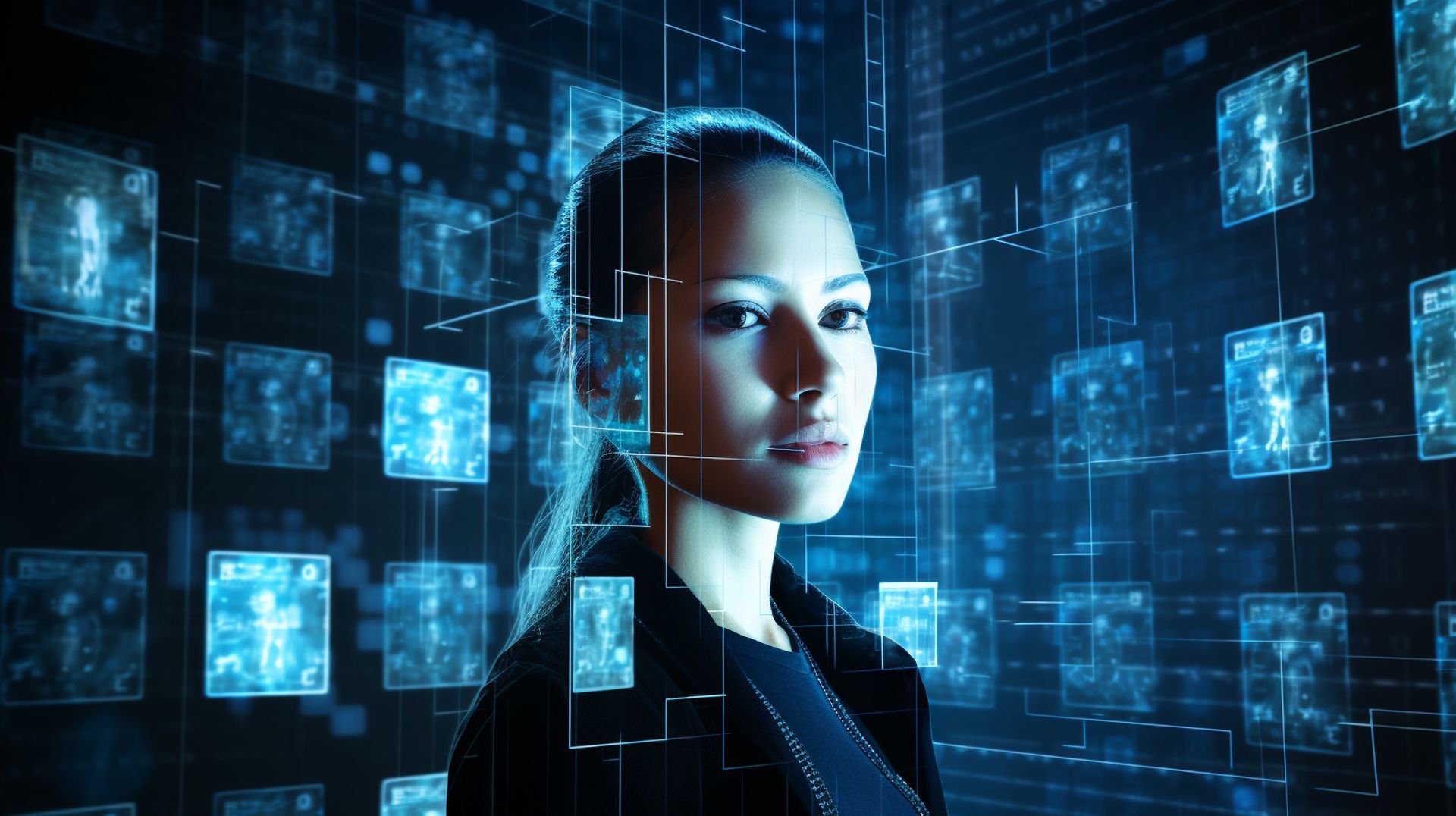Face swap videos, an emerging trend in digital media, have captivated audiences with their ability to superimpose one person’s face onto another's in a seamless and realistic manner. This technology has made its way into various forms of entertainment, advertising, and even social media platforms. While face swap video have a fascinating potential to revolutionize content creation, they also raise important ethical and privacy concerns that need to be addressed.

How Face Swap Technology Works
Face swapping in videos involves sophisticated AI algorithms, such as deep learning and neural networks, that analyze and map facial features in a video. By identifying key points on the face—such as eyes, nose, and mouth—the technology replaces the original face with another one, ensuring it aligns with the new person’s expressions, movements, and even lighting conditions. The results can be incredibly lifelike, making it difficult to distinguish between real and manipulated content.
Many face swap technologies are now powered by deepfake algorithms, a form of artificial intelligence that can generate hyper-realistic video and audio manipulations. These systems learn from large datasets of real-world videos and images, allowing them to create face swaps that appear convincing to the human eye. The combination of powerful computing and AI capabilities has made it possible to swap faces in real-time video, allowing for a variety of creative applications.
Applications of Face Swap Videos
Face swap videos have found their way into a wide array of industries. In entertainment, they are often used for comedic purposes or to create parody videos. Celebrities, influencers, and brands have also embraced face swapping as a way to engage their audiences in unique and fun ways, often through social media platforms. These videos can provide a source of lighthearted entertainment, with users swapping faces with famous personalities or even fictional characters.
In the field of advertising, face swap technology offers new avenues for personalized marketing. Brands can use these tools to create customized advertisements where consumers can see themselves in place of actors, helping to foster a sense of connection and engagement. Additionally, face swapping can be utilized in virtual reality (VR) and gaming, where users can swap their faces with avatars or characters in immersive environments, providing a more personalized and dynamic experience.
Ethical Concerns of Face Swap Videos
Despite their creative potential, face swap videos come with significant ethical implications. One of the most pressing concerns is the potential for misuse in creating misleading or harmful content. Deepfake technology, which is often associated with face swapping, has been used to produce fake videos of individuals, sometimes without their consent. This has raised concerns about privacy violations and the spread of disinformation.
For example, face swap videos can be used to create non-consensual pornography, where individuals are placed into explicit content without their permission. This type of misuse can cause immense harm to individuals' reputations and emotional well-being. The ability to superimpose someone's face onto a video with little effort has created a new form of digital manipulation, which can be used for bullying, harassment, or defamation.
Moreover, the spread of fake news and political manipulation is another risk associated with face swap technology. Deepfake videos have already been used to impersonate public figures, creating videos that appear to show them making false statements or engaging in controversial actions. This type of content can easily go viral, influencing public opinion and potentially impacting elections or public discourse.
The Future of Face Swap Videos
As face swap technology continues to evolve, it is essential for creators, legislators, and tech companies to collaborate in establishing ethical guidelines and regulations. While the technology itself holds great promise for creative expression and entertainment, its potential for harm cannot be overlooked. The key to the future of face swap videos lies in striking a balance between innovation and responsibility, ensuring that the benefits of this technology are harnessed for positive purposes while safeguarding individuals' rights and privacy.
In conclusion, face swap videos represent a fascinating intersection of artificial intelligence, digital media, and human creativity. However, as with any powerful technology, they come with a responsibility to use them ethically. Moving forward, it will be crucial to maintain awareness of the risks involved and take steps to ensure that face swap videos are used in ways that contribute to a positive, trustworthy digital landscape.
 icons at the top right corner of the subsection.
icons at the top right corner of the subsection.